But where do they plan to manufacture them?


Tesla’s Dojo supercomputer represents a significant investment and commitment to innovation in the field of AI computation, positioning Tesla as a key player in shaping the future of neural net hardware.
Questions to inspire discussion.
What is Tesla’s Dojo supercomputer?
—Tesla’s Dojo supercomputer is an innovative approach to training neural networks, potentially surpassing Nvidia in AI computation.

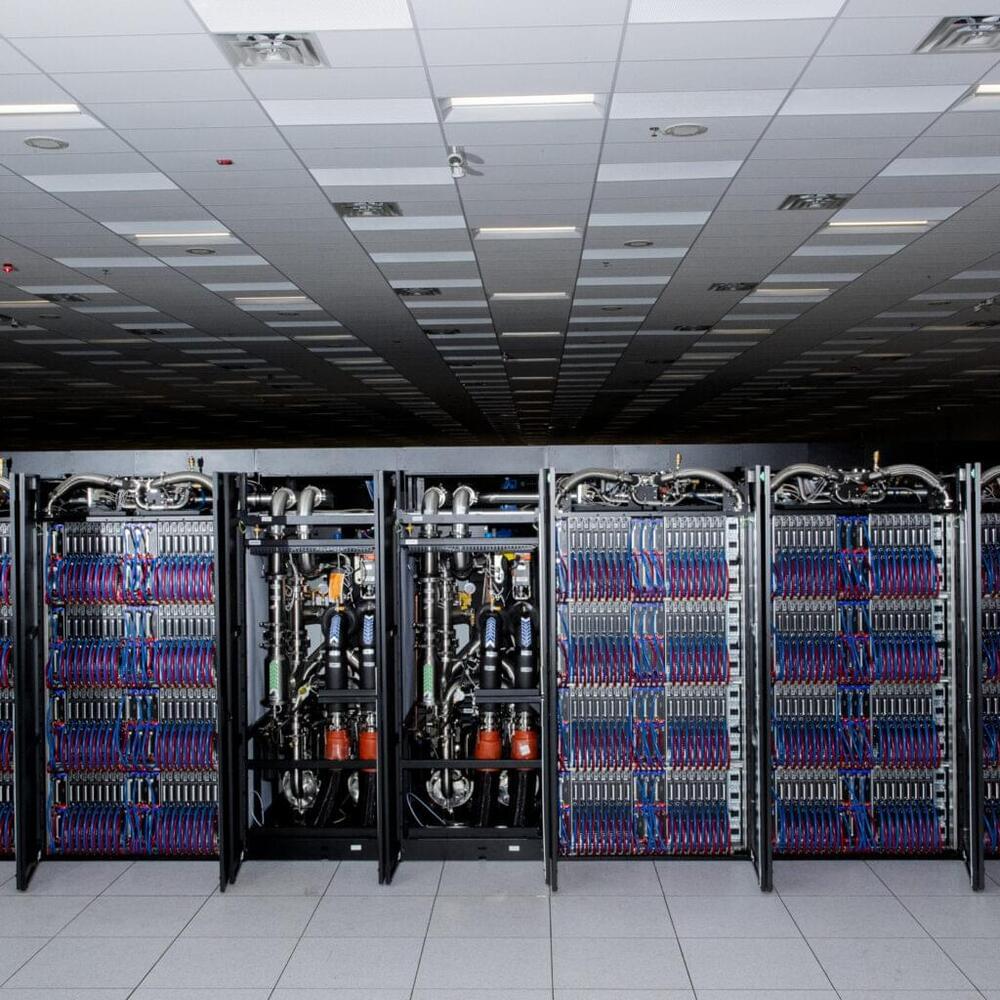
Today is the ribbon-cutting ceremony for the “Venado” supercomputer, which was hinted at back in April 2021 when Nvidia announced its plans for its first datacenter-class Arm server CPU and which was talked about in some detail – but not really enough to suit our taste for speeds and feeds – back in May 2022 by the folks at Los Alamos National Laboratory where Venado is situated.
Now we can finally get more details on the Venado system and get a little more insight into how Los Alamos will put it to work, and more specifically, why a better balance of memory bandwidth and compute that depends upon it is perhaps more important to this lab than it is in other HPC centers of the world.
Los Alamos was founded back in 1943 as the home of the Manhattan Project that created the world’s first nuclear weapons. We did not have supercomputers back then, of course, but plenty of very complex calculations have always been done at Los Alamos; sometimes by hand, sometimes by tabulators from IBM that used punch cards to store and manipulate data – an early form of simulation. The first digital computer to do such calculations at Los Alamos was called MANIAC and was installed in 1952; it could perform 10,000 operations per second and ran Monte Carlo simulations, which use randomness to simulate what are actually deterministic processes.
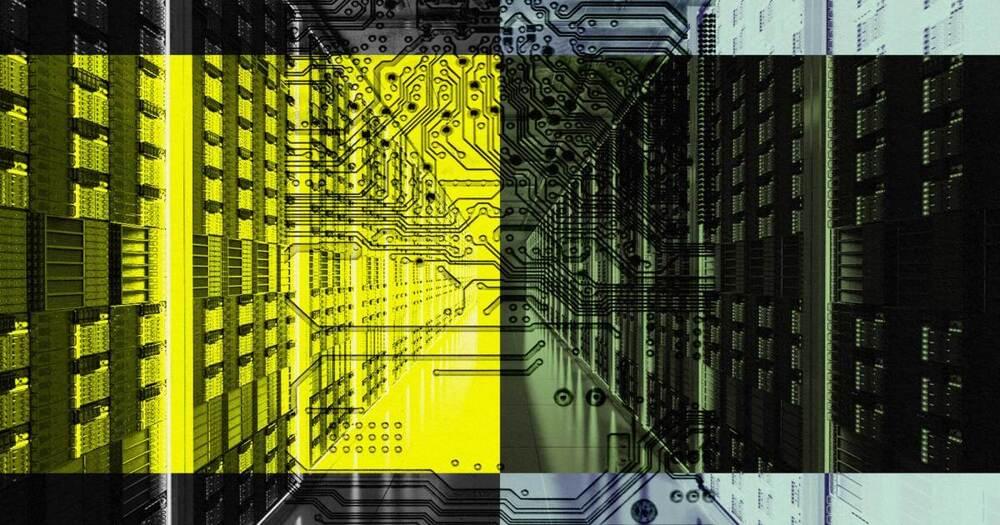
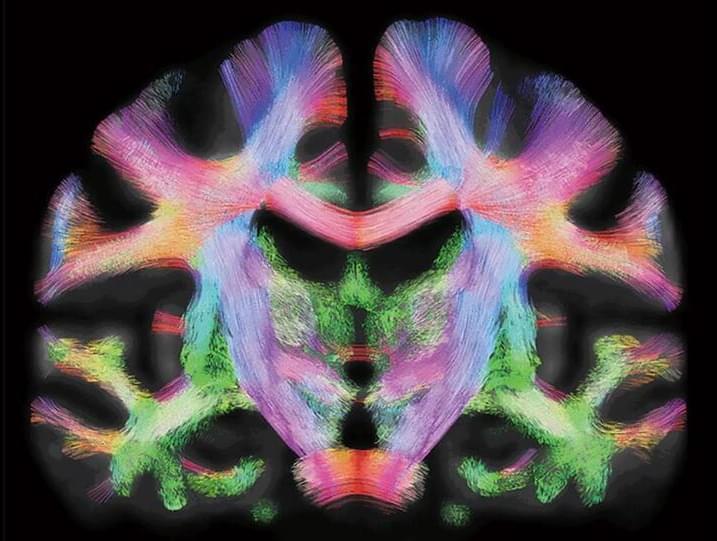
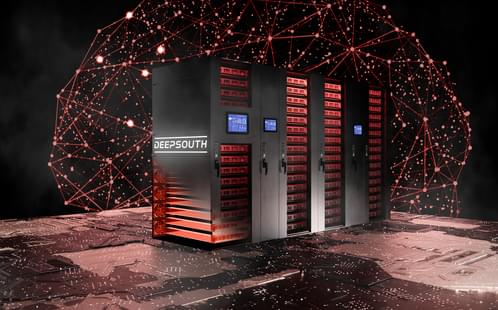
😗😁😘 year 2023.
The world’s first supercomputer capable of simulating networks at the scale of the human brain has been announced by researchers at the International Centre for Neuromorphic Systems (ICNS) at Western Sydney University.
DeepSouth uses a neuromorphic system which mimics biological processes, using hardware to efficiently emulate large networks of spiking neurons at 228 trillion synaptic operations per second — rivalling the estimated rate of operations in the human brain.
ICNS Director, Professor André van Schaik says DeepSouth stands apart from other supercomputers as it is purpose-built to operate like networks of neurons, requiring less power and enabling greater efficiencies. This contrasts with supercomputers optimised for more traditional computing loads, which are power hungry.

Ching-Yao Tang and Ke-Jung Chen used the powerful supercomputer at Berkeley National Lab to create the world’s first high-resolution 3D hydrodynamics simulations of turbulent star-forming clouds for the first stars. Their results indicate that supersonic turbulence effectively fragments the star-forming clouds into several clumps, each with dense cores ranging from 22 to 175 solar masses, destined to form the first stars of masses of about 8 to 58 solar masses that agree well with the observation.
Furthermore, if the turbulence is weak or unresolved in the simulations, the researchers can reproduce similar results from previous simulations. This result first highlights the importance of turbulence in the first star formation and offers a promising pathway to decrease the theoretical mass scale of the first stars. It successfully reconciles the mass discrepancy between simulations and observations, providing a strong theoretical foundation for the first star formation.
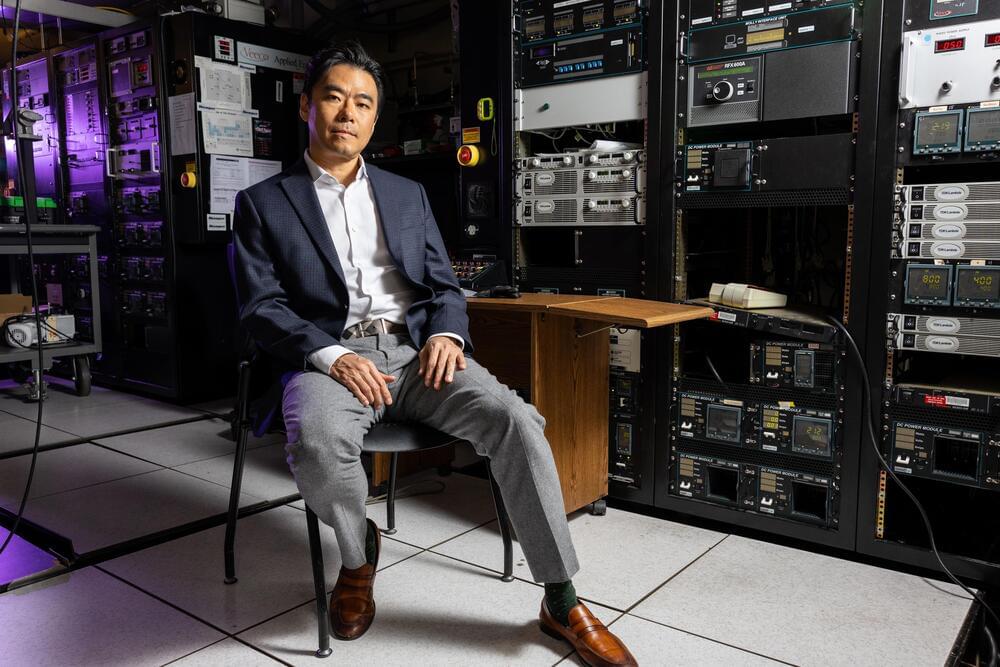
A recently tenured faculty member in MIT’s departments of Mechanical Engineering and Materials Science and Engineering, Kim has made numerous discoveries about the nanostructure of materials and is funneling them directly into the advancement of next-generation electronics.
His research aims to push electronics past the inherent limits of silicon — a material that has reliably powered transistors and most other electronic elements but is reaching a performance limit as more computing power is packed into ever smaller devices.
Today, Kim and his students at MIT are exploring materials, devices, and systems that could take over where silicon leaves off. Kim is applying his insights to design next-generation devices, including low-power, high-performance transistors and memory devices, artificial intelligence chips, ultra-high-definition micro-LED displays, and flexible electronic “skin.” Ultimately, he envisions such beyond-silicon devices could be built into supercomputers small enough to fit in your pocket.

Computer simulations are giving us new insight into the riotous behavior of cannibal neutron stars.
When a neutron star slurps up material from a close binary companion, the unstable thermonuclear burning of that accumulated material can produce a wild explosion that sends X-radiation bursting across the Universe.
How exactly these powerful eruptions evolve and spread across the surface of a neutron star is something of a mystery. But by trying to replicate the observed X-ray flares using simulations, scientists are learning more about their ins and outs – as well as the ultra-dense neutron stars that produce them.